With construction beginning in 1695, the building of the former Jesuit College was completed in 1740. Three walls of the College, the garth, and Saint Francis Xavier Church form a quadrangle building complex sited north-west of the town’s square. Located in the east wing, main gate leading to the garth gives access to the Museum. Former bishop’s palace adjoining west wing of the building is now home to nuns. The clergy live in a new home built opposite the church, on the grounds of a former cathedral, with original vicar’s house and the seminary building nearby.
Collections
History
The collection covers a period between the 17th to 20th century and contains over two thousand private and legal archival materials. They include an assortment of books and manuscripts from former Jesuit and Augustinian libraries, a collection of school banners as well as political and social organization banners, and various exhibits from the January Uprising, both World Wars and the period of Polish People’s Republic. Presented militaria include swords and bayonets from the 19th and 20th centuries.
Archeology
The oldest archaeological sites discovered nearby Krasnystaw date back to late Palaeolithic Age (c. 12 000 to 7900 BC), whereas Linear pottery objects excavated within town limits come from early Neolithic Age, c. 5000 BC. The collection consists of over one thousand pieces that were predominantly isolated artefacts. The highlights of the collection are: an Egyptian ushabti figurine found near Turobin, a set of lithic flakes produced in flint, and a Globular Amphora tomb (c. 2500 to 2000 BC) excavated in Łopiennik Dolny.
The most noteworthy of Roman objects collection are original Roman coins, barbarised coins, the furnishing of the tomb of a warrior excavated in Żdżanne, and Roman denarii trove found in Romanów. A vessel containing 574 coins minted between 112/113 AD to 195 AD during the reign of Trajan to Septimius Severus. The coins, which were originally a part of a bigger deposit, include a number of numismatic rarities.
Numerous findings from the 14th to 19th century reflect the quality of life in Krasnystaw, types of craft and trade, as well as the town’s infrastructure.
Coins and medals
Spanning from the 10th to 20th century a coin collection also includes medals, as well as Polish and foreign paper money from 1794 until present day. Among over three thousand objects the display contains rare ducats minted during the reign of Stephen Báthory, John II Casimir and John III Sobieski, coins and bills used in the Kingdom of Poland and Polish National Government of 1831. The collection is enriched with commemorative gold interwar coins from 1925, pattern coins and currency money from the second half of the 20th century, regiment badges, as well as military and civil distinctions awarded in the 19th and 20th centuries.
Ethnography
Fifteen hundred of nineteenth and twentieth-century artefacts illustrate material and non-material culture of the villages of Krasnystaw region. The oldest examples of baroque sculptures are as old as the turn of the 18th century.
Material culture is represented by items related to fishing, animal breeding, preparation and storage of food, woodworking, plaiting, smithery, artistic smithery, pottery, weaving, measuring devices, as well as tools and furniture connected with lighting and hygiene.
Spiritual culture of villagers is reflected through such articles as sculptures, paintings, stick-in pictures, decorative paper cut-outs, straw and paper chandeliers known as ‘pająki’, and paper flowers.
Various exhibits referring to Christmas, Easter and harvest festival are a tangible expression of social culture.
Hop growing and brewing
A selection of merely a hundred exhibits collected in reference to an annual hop harvesting festival called Krasnostawskie chmielaki. The festival has been a tradition in Krasnystaw since 1971. The gallery includes traditional beer mugs and barrels, as well as souvenirs available during Chmielaki throughout the years.
Museum building
Jesuits were first invited to Poland by bishop Stanisław Hozjusz in 1564. At first, having only a few members, the Society of Jesus planned to establish a limited number of centres in different parts of the country. However, they depended on generosity of the founders who financed their activities, usually in their home towns. First four Jesuits were brought to Krasnystaw by bishop Stanisław Święcicki. They lived in a vicar’s house and engaged in apostolic ministry in Krasnystaw cathedral.
Initially a branch of Lublin College, the Society of Jesus was officially installed in Krasnystaw in 1691. With the land purchased thanks to generous financial support of Feliks Potocki and Krystyna Potocka née Lubomirska, Marianna Gołuchowska née Liniewska, Anna Zamoyska née Gnińska and Teresa Zamoyska née Potocka construction of the college buildings began in 1693. Despite protesting elders of Chełm diocese as well as the Augustinian friars of Krasnystaw, the residence was officially founded on 5th January 1694. Legal and financial status of the Jesuits was formally settled by the bishop, thus allowing all building works to be continued. In 1695 two smaller facilities holding two rooms, a kitchen, and refectory were added to the existing structure. Eventually they were all joined by a common hall.
With the construction now legally and financially secured, new project could begin. A church adjoining the Jesuits’ home was slowly being erected. In 1704 both buildings were plundered and set ablaze by Swedish troops led by general Stenbock. With Saxon, Swedish and Muscovite armies stationing in Krasnystaw, the Jesuits found it difficult to complete the renovation. Eventually, in 1707, a huge fire destroyed the residence, chapel and the church roof, thus modifying the Jesuits’ plan.
The laying of the foundation stone in 1708 marked the start of construction works for the new premises, this time designed as stone structures. With a few hiccups during the first few years, in 1720 the building was upgraded to a College, allowing the Jesuits to operate higher education institutions. During following years they purchased the square located next to the College, and were eventually granted permission to make necessary changes and finish construction works.
The Society of Jesus in Krasnystaw was dissolved in 1773. The estate descended to the Commission of National Education but ultimately became the property of Chełm diocese. One of the buildings was occupied by the bishop, and is still informally called a bishop’s palace. Former College building was turned into home for the clergy. The remaining ones were used as school rooms.
During the 19th century the estate accommodated a military hospital, stables, and flats for army doctors. The army carried out necessary restoration works of the roof. The fire of 1902 damaged former library room and so the entire ceiling had to be replaced. Following the end of war, the College became the home for Polish army officers. The chapter house on the first floor of the west wing was adapted as a cinema. Occupied by Germans between 1939 and 1944, now state-owned estate served a number of public functions during the next decades. It was a home to Internal Affairs Office, a warehouse, and a music school. Despite lack of running water and sewage system parts of the building were converted into flats.
In 1983 and 1984 repairs were carried out to parts of the west wing. Polychrome-decorated ceiling was renovated, restoring the beauty of the refectory. With the building now empty of tenants, careful restoration works could begin. With the aim of restoring the west and south wings to their original design work began in 1995 and was completed in 1998.
A year later the Museum moved into the newly open west wing of the former Jesuit College and further restoration works were carried out. The building is currently owned by Krasnystaw Starosty and it houses three public institutions: Regional Museum, County Public Library, and Youth Recreational Centre.
| Day of the week | Opening hours | ||
|---|---|---|---|
| Tuesday | 08:00 - 16:00 | ||
| Wednesday | 08:00 - 16:00 | ||
| Thursday | 08:00 - 16:00 | ||
| Friday | 08:00 - 16:00 | ||
| Saturday | 10:00 - 15:00 | ||
| Sunday | 10:00 - 15:00 | ||
| Holidays | Opening hours |
|---|---|
| 2025.04.20 (Sunday) | x |
| 2025.04.21 (Monday) | x |
| 2025.05.01 (Thursday) | x |
| 2025.05.03 (Saturday) | x |
| 2025.06.19 (Thursday) | x |
| 2025.08.15 (Friday) | x |
| 2025.11.01 (Saturday) | x |
| 2025.11.11 (Tuesday) | x |
| 2025.12.25 (Thursday) | x |
| 2025.12.26 (Friday) | x |
| Tickets | ||
|---|---|---|
| normal | 14.00 PLN | |
| reduced | 8.00 PLN | |
| family | 30.00 PLN | Przeznaczony maksymalnie dla dwóch osób dorosłych, mających pod opieką do pięciorga dzieci do lat 18. |
| children free of charge up to the age of 7 |
| when? | name | where? | about what? | for free | for children | |
|---|---|---|---|---|---|---|
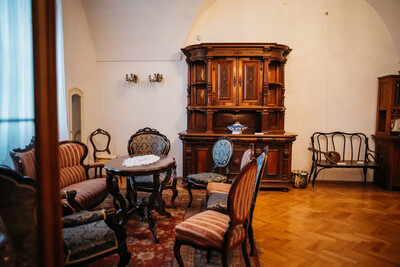 | Arts and crafts from the 18th to early 20th century Permanent exhibition | Regional Museum in Krasnystaw ul. Marszałka Józefa Piłsudskiego 5A 22-300 Krasnystaw Lubelskie | art crafts | |||
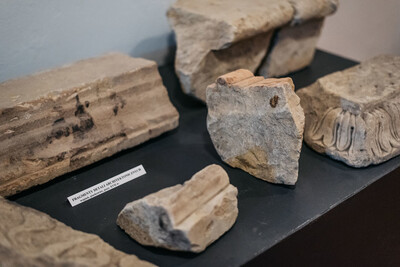 | Castle and manor house in Krupe Permanent exhibition | Regional Museum in Krasnystaw ul. Marszałka Józefa Piłsudskiego 5A 22-300 Krasnystaw Lubelskie | architecture | |||
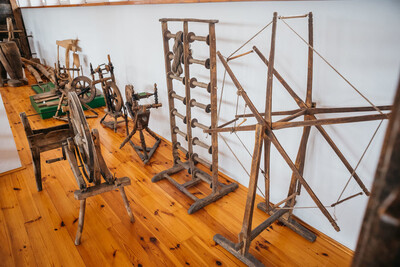 | Folk material culture Permanent exhibition | Regional Museum in Krasnystaw ul. Marszałka Józefa Piłsudskiego 5A 22-300 Krasnystaw Lubelskie | village | |||
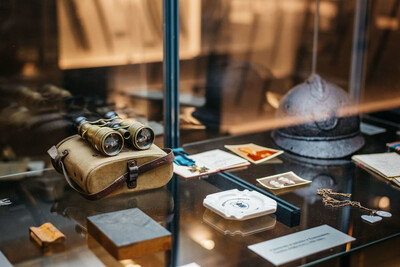 | History of Krasnystaw and the surrounding area from the 14th till the 20th century Permanent exhibition | Regional Museum in Krasnystaw ul. Marszałka Józefa Piłsudskiego 5A 22-300 Krasnystaw Lubelskie | city, region | |||
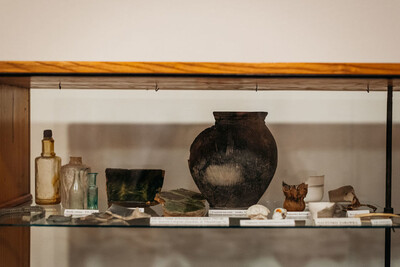 | Most interesting archaeological findings Permanent exhibition | Regional Museum in Krasnystaw ul. Marszałka Józefa Piłsudskiego 5A 22-300 Krasnystaw Lubelskie | archeology | |||
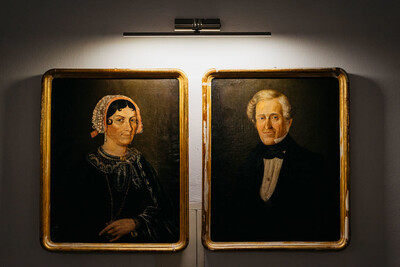 | Portraits of Polish gentry in the 17th and 19th centuries Permanent exhibition | Regional Museum in Krasnystaw ul. Marszałka Józefa Piłsudskiego 5A 22-300 Krasnystaw Lubelskie | painting | |||
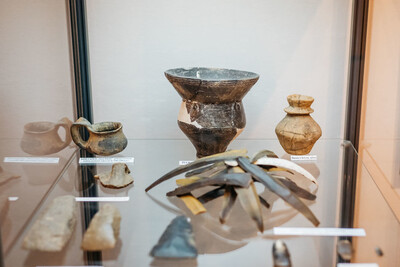 | Prehistory of Krasnystaw region Permanent exhibition | Regional Museum in Krasnystaw ul. Marszałka Józefa Piłsudskiego 5A 22-300 Krasnystaw Lubelskie | archeology | |||
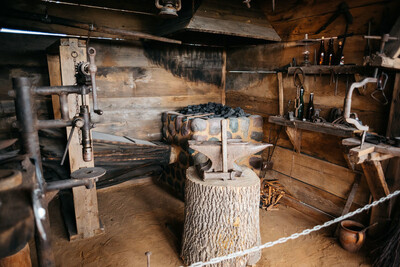 | Reconstructed blacksmith’s shop from the turn of the 19th and 20th centuries Permanent exhibition | Regional Museum in Krasnystaw ul. Marszałka Józefa Piłsudskiego 5A 22-300 Krasnystaw Lubelskie | crafts | |||
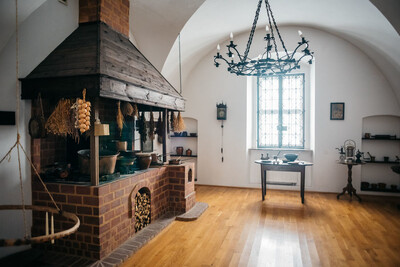 | Reconstructed court kitchen from the 19th century Permanent exhibition | Regional Museum in Krasnystaw ul. Marszałka Józefa Piłsudskiego 5A 22-300 Krasnystaw Lubelskie | interiors and everyday life | |||
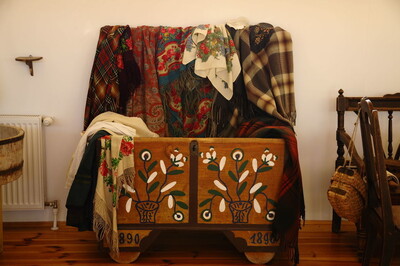 | Typical cottage equipment at the turn of the 19th and 20th centuries Permanent exhibition | Regional Museum in Krasnystaw ul. Marszałka Józefa Piłsudskiego 5A 22-300 Krasnystaw Lubelskie | interiors and everyday life, village | |||
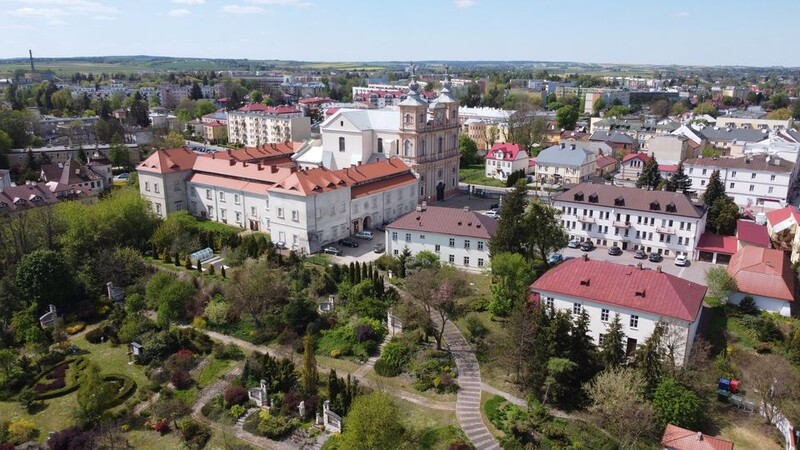 | Krasnystaw w malarstwie Antoniego Teslara Permanent exhibition | Regional Museum in Krasnystaw ul. Marszałka Józefa Piłsudskiego 5A 22-300 Krasnystaw Lubelskie | painting |